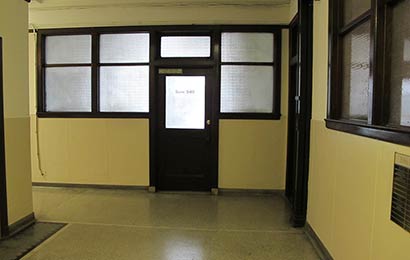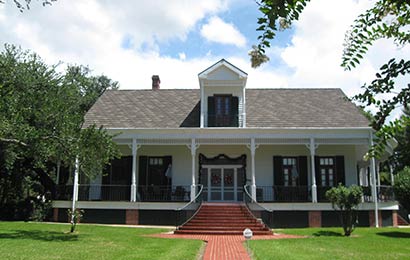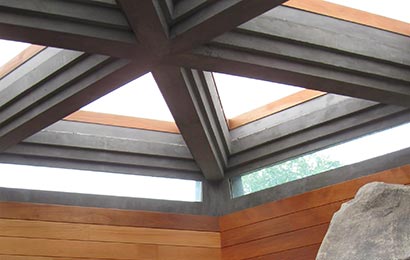THE SECRETARY OF THE
INTERIOR’S STANDARDS FOR
REHABILITATION &
ILLUSTRATED
GUIDELINES ON
SUSTAINABILITY
FOR REHABILITATING
HISTORIC BUILDINGS
Planning
Recommended
Not Recommended
Forming an integrated sustainability team when working on a large project that includes a preservation professional to ensure that the character and integrity of the historic building is maintained during any upgrades.
Omitting preservation expertise from a sustainability project team.
Analyzing the condition of inherently-sustainable features of the historic building, such as shutters, storm windows, awnings, porches, vents, roof monitors, skylights, light wells, transoms and naturally-lit corridors, and including them in energy audits and energy modeling, before planning upgrades.
Ignoring inherently-sustainable features of the existing historic building when creating energy models and planning upgrades.
Identifying ways to reduce energy use, such as installing fixtures and appliances that conserve resources, including energy-efficient lighting or energy-efficient lamps in existing light fixtures, low-flow plumbing fixtures, sensors and timers that control water flow, lighting and temperature, before undertaking more invasive treatments that may negatively impact the historic building.
Prioritizing sustainable improvements, beginning with minimally invasive treat-ments that are least likely to damage historic building material.
Beginning work with substantive or irreversible treatments without first considering and implementing less invasive measures.





